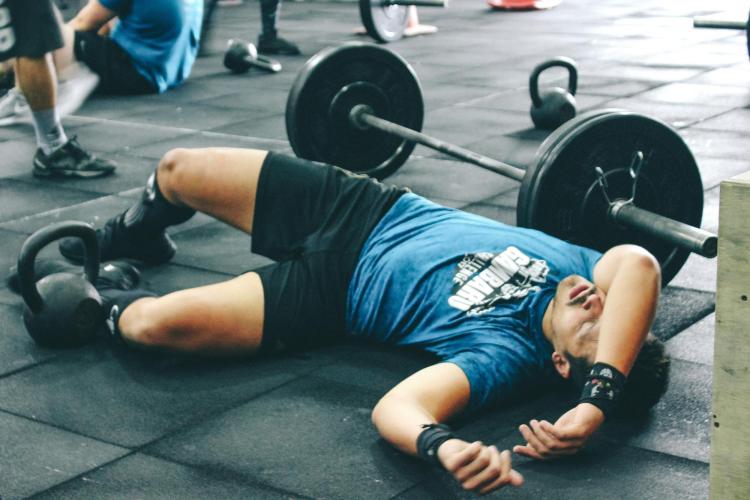
The Powerlifter's Rest Day: A Guide to Active vs. Passive Recovery
In powerlifting, we glorify the grind. We celebrate the heavy lifts, the high volume, and the intense effort. But the truth is, the strength you build is forged not during the work, but during the rest. The powerlifter's rest day is not a sign of weakness; it's a critical, non-negotiable part of any intelligent training program. Understanding how to use your rest days—choosing between active and passive recovery—is key to maximizing your gains and ensuring long-term health.

Why Rest Days Are Where the Magic Happens
Your training session is the stimulus. It breaks down muscle tissue and fatigues your nervous system. Your rest day is when the adaptation occurs.
- Muscle Repair and Growth (Hypertrophy): Protein synthesis, the process of rebuilding and growing muscle, peaks in the 24-48 hours following a workout.
- CNS Recovery: Your Central Nervous System needs time to recover from the high neural drive required for heavy lifting. Ignoring CNS fatigue is a fast track to burnout.
- Injury Prevention: Rest allows your connective tissues (tendons and ligaments), which recover slower than muscles, to heal and strengthen.
Passive Recovery: The Art of Doing Nothing
Passive recovery is exactly what it sounds like: complete rest with minimal physical activity.
- What it is: A day spent relaxing, sleeping, and fueling your body. Think of it as a complete system reboot.
-
When to Use It:
- After an extremely demanding training session (like a max-effort deadlift day).
- During periods of high life stress, when your overall "stress bucket" is already full.
- When you are feeling genuinely beaten down, sick, or on the verge of overtraining.
-
The Key Components:
- Sleep: This is the number one priority. Aim for an extra hour of sleep if possible.
- Nutrition: Ensure you are still hitting your protein and calorie targets. Your body needs the building blocks to repair itself.
- Hydration: Stay well-hydrated to facilitate recovery processes.
Active Recovery: Moving to Heal
Active recovery involves low-intensity, low-impact physical activity. The goal is not to create more training stress, but to aid the recovery process.
- What it is: Gentle movement designed to increase blood flow, reduce muscle soreness, and improve mobility.
- The Science: Increased blood flow can help deliver nutrients to damaged muscles and flush out metabolic byproducts. This is a principle supported by many sports medicine resources, including the American Council on Exercise (ACE).
-
When to Use It:
- On the day after a moderately hard workout.
- When you're feeling stiff and sore, but not systemically exhausted.
- As a way to improve work capacity and GPP.
-
The Best Active Recovery Methods:
- Walking: A 20-40 minute walk is one of the best and most accessible options.
- Light Cardio: Gentle cycling, swimming, or using an elliptical at a low intensity.
- Mobility Work: A dedicated session of your favorite mobility drills.
- Light GPP Work: Pushing or pulling a very light sled for a short distance.
Both active and passive recovery have a place in a powerlifter's week. The key is to listen to your body and choose the right tool for the job. On days when you feel systemically drained, embrace passive recovery and give your body the complete rest it needs. On days when you're just feeling sore and stiff, a light active recovery session can work wonders. A smart lifter trains hard, but a wise lifter recovers even harder.








